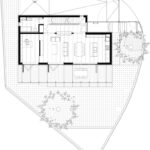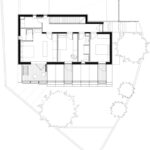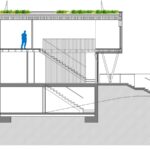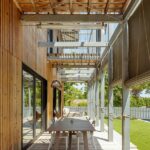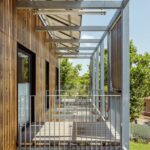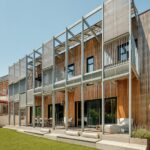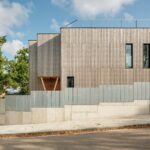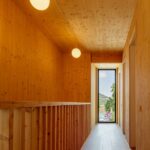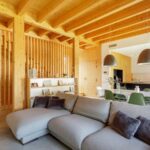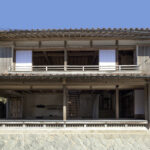Context and Concept
BE House, conceived for an entrepreneurial family of four, occupies a site plot of 370 square meters in Argentona, a quaint city located just a 30-minute drive from Barcelona. Surrounded by small houses, the site boasts optimal orientation, setting the stage for a sustainable architectural endeavor.

Embracing Passivhaus Principles
Inspired by Passivhaus principles, BE House is meticulously designed to prioritize energy efficiency and environmental sustainability. Its compact layout, strategic orientation, and well-insulated façade minimize energy consumption, creating a low heating and cooling demand building.
Innovative Construction Methods
The ground and first floors of BE House are constructed using a dry, industrialized system. Wooden slabs and beams form the framework, complemented by a façade finished with Thermo-treated pine wood strips. The use of concrete in the plinth ensures durability and stability.
Integration of Outdoor Spaces
A defining feature of BE House is the integration of outdoor living spaces. A hot galvanized steel tube profile defines the porch, creating an intermediary zone that seamlessly connects the interior with the exterior. Wooden rolled shutters offer protection from sun radiation while facilitating cross ventilation.
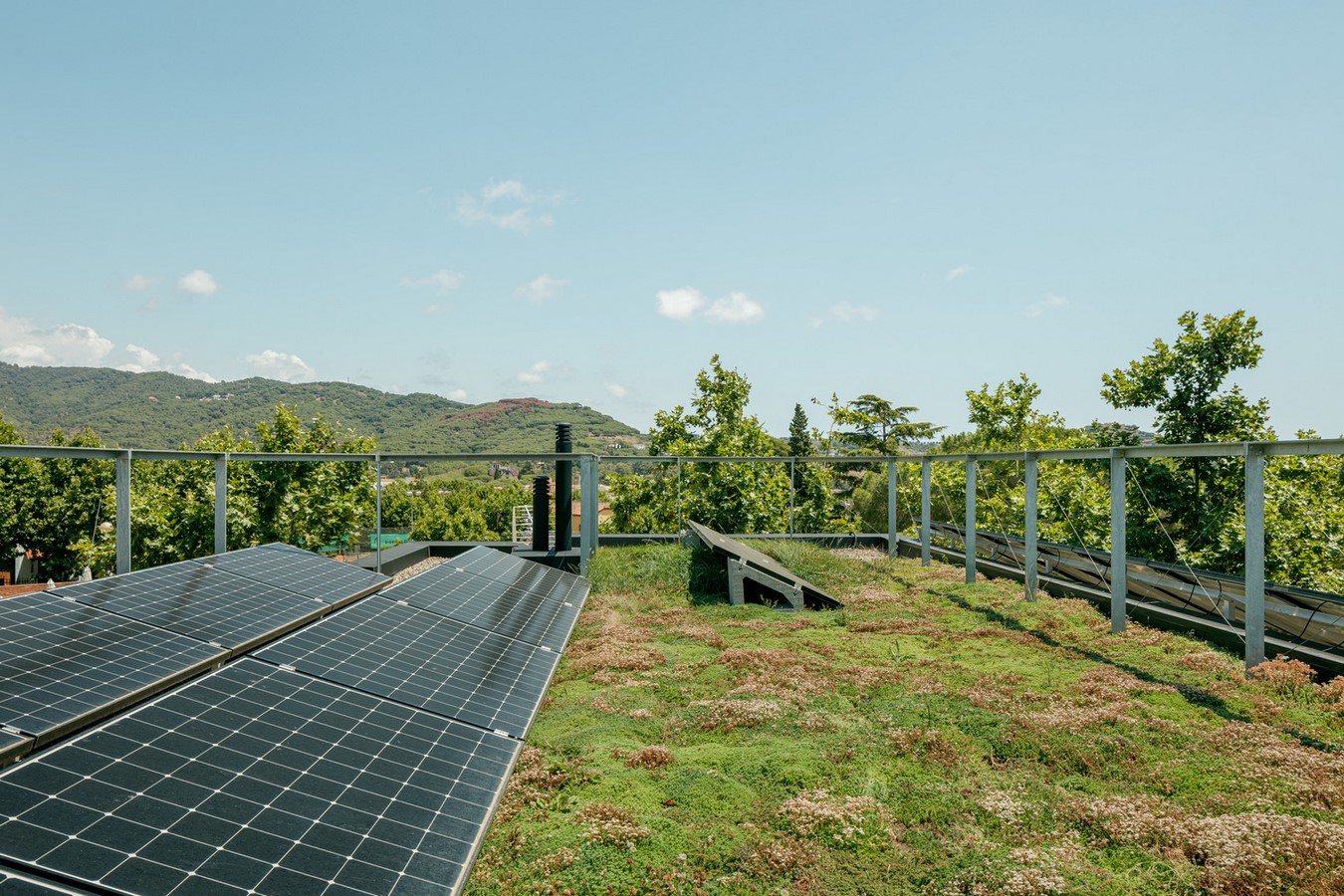
Efficient Use of Materials
Each material used in BE House is carefully selected for its efficiency and functionality. From the concrete plinth to the wooden slabs and beams, every element serves a purpose in enhancing the building’s performance and sustainability.
Green Roof and Renewable Energy
To mitigate direct sunlight exposure and prevent overheating, BE House features vegetation on its roof. Additionally, a 12 kWp photovoltaic plant installed on the roof generates the energy required to power the house. Accumulation batteries ensure that the house can operate independently from the electricity grid.
Conclusion: A Sustainable Dwelling
BE House stands as a testament to SUMO Arquitectes’ commitment to sustainable design and environmental stewardship. By integrating innovative construction methods, passive design strategies, and renewable energy systems, BE House exemplifies how architecture can harmoniously coexist with nature while minimizing its ecological footprint.


